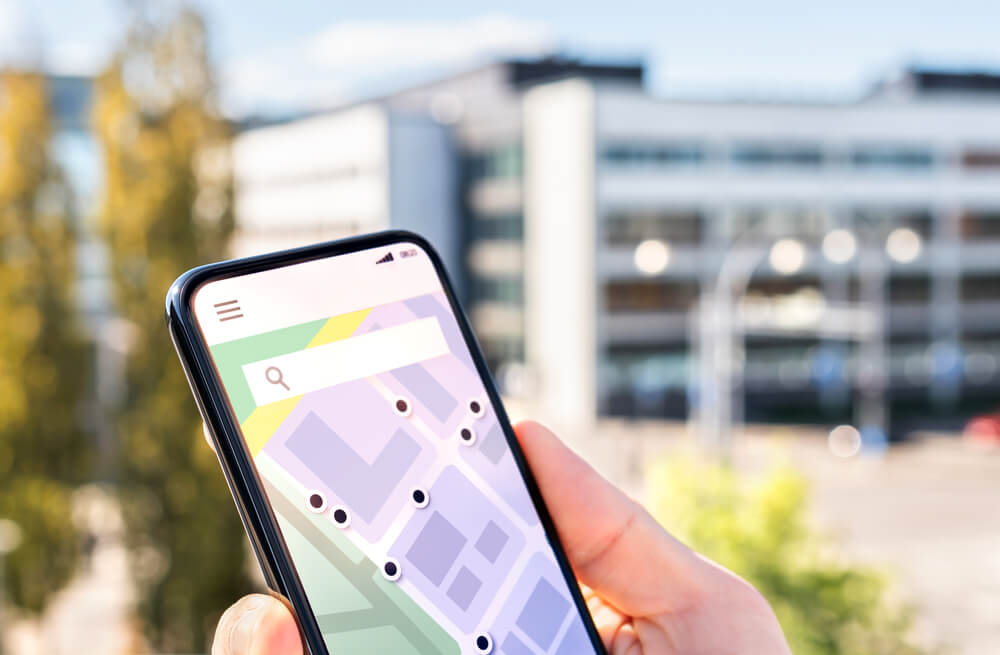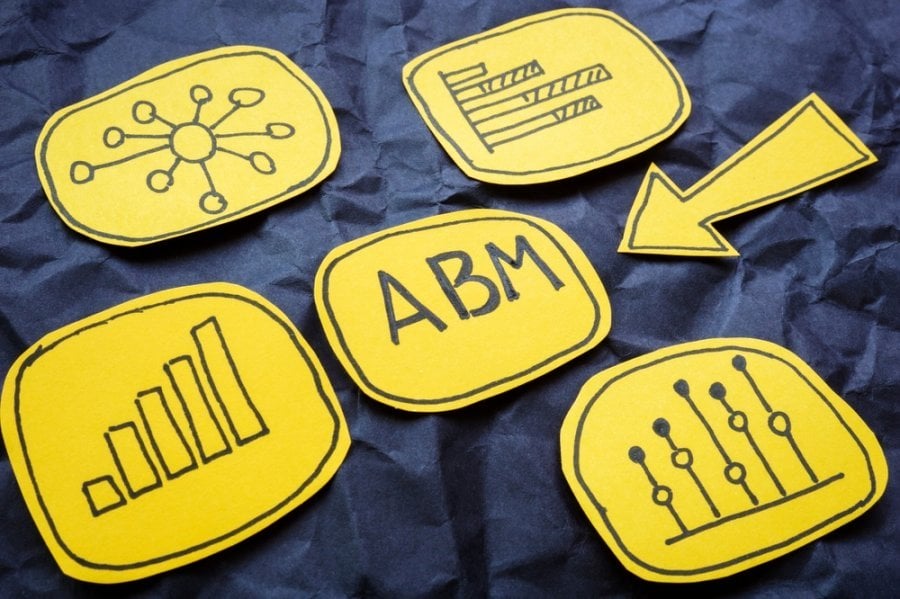
Score the Best Local SEO Rank With 5 Easy Technical Tweaks
Are you a business that needs more foot traffic? Do you operate in many locations or have a specific demographic as customers? You can benefit from local SEO.
This search engine optimization (SEO) technique helps your pages become visible and rank for geo-based keywords and user queries. This article shares five easy tweaks for your business:
 Site speed is a major ranking factor in SEO.
A fast-loading page contributes to a positive user experience and improves many performance metrics such as click-throughs, dwell time, and traffic. It also indirectly influences trust and credibility. Slow load times are frustrating, increasing page abandonment and bounce rate, and prevent disappointed users from returning.
In addition, a fast web page speed differentiates your brand from those with sluggish websites and improves your competitiveness.
The following are easy-to-implement tips for increasing website loading speed:
Site speed is a major ranking factor in SEO.
A fast-loading page contributes to a positive user experience and improves many performance metrics such as click-throughs, dwell time, and traffic. It also indirectly influences trust and credibility. Slow load times are frustrating, increasing page abandonment and bounce rate, and prevent disappointed users from returning.
In addition, a fast web page speed differentiates your brand from those with sluggish websites and improves your competitiveness.
The following are easy-to-implement tips for increasing website loading speed:
 Improving the user experience positively affects SEO. It increases engagement, reduces bounce rates, and enhances dwell time on the website.
User experience is also one of the critical ranking factors. Sites that offer a seamless and user-friendly experience, including fast loading times, easy navigation, and mobile responsiveness, are more likely to rank higher on local search results. This increases visibility and traffic to local businesses.
The following are simple website design and navigation tweaks to improve the user experience:
Improving the user experience positively affects SEO. It increases engagement, reduces bounce rates, and enhances dwell time on the website.
User experience is also one of the critical ranking factors. Sites that offer a seamless and user-friendly experience, including fast loading times, easy navigation, and mobile responsiveness, are more likely to rank higher on local search results. This increases visibility and traffic to local businesses.
The following are simple website design and navigation tweaks to improve the user experience:
- Optimizing for mobile users
- Improving site speed for local rankings
- Implementing local schema markup
- Enhancing user experience
- Leveraging location-specific backlinks
Watch this video to learn about the Digital Authority Partners approach to local SEO!
1. Optimize for Mobile Users
Mobile optimization is crucial for local search because more people search for local information, products, or services with mobile devices. Google also prioritizes mobile-friendly websites in indexing and ranking, especially for location-based queries. Unless your pages are “mobile-friendly,” they are less likely to attract significant traffic and convert visitors to customers. Consider these simple changes to improve mobile-friendliness and boost local ranking:- Design a responsive website that adapts seamlessly to different screen sizes and orientations for a consistent, pleasant user experience.
- Compress images and use appropriate formats to reduce file sizes.
- Consider lazy-loading techniques to prioritize displaying the most essential parts of the content.
- Optimize server response time by reducing unnecessary HTTP requests, leveraging browser caching, and using content delivery networks (CDNs).
- Simplify navigation menus and buttons to make them more accessible and touch-friendly.
- Use collapsible menus or hamburger icons to save space and improve usability on smaller screens.
- Place important content, calls to action (CTAs), and critical information above the fold to minimize scrolling and improve conversion.
2. Improve Site Speed for Local Rankings
 Site speed is a major ranking factor in SEO.
A fast-loading page contributes to a positive user experience and improves many performance metrics such as click-throughs, dwell time, and traffic. It also indirectly influences trust and credibility. Slow load times are frustrating, increasing page abandonment and bounce rate, and prevent disappointed users from returning.
In addition, a fast web page speed differentiates your brand from those with sluggish websites and improves your competitiveness.
The following are easy-to-implement tips for increasing website loading speed:
Site speed is a major ranking factor in SEO.
A fast-loading page contributes to a positive user experience and improves many performance metrics such as click-throughs, dwell time, and traffic. It also indirectly influences trust and credibility. Slow load times are frustrating, increasing page abandonment and bounce rate, and prevent disappointed users from returning.
In addition, a fast web page speed differentiates your brand from those with sluggish websites and improves your competitiveness.
The following are easy-to-implement tips for increasing website loading speed:
- Compress images to reduce file sizes without compromising quality. Use image formats such as JPEG or WebP and consider lazy loading to display visuals only as users scroll.
- Reduce the number of HTTP requests by combining CSS and JavaScript files and minimizing unnecessary plugins.
- Configure server settings to enable browser caching, allowing returning visitors to load the website faster by storing static files locally on their devices.
- Use CDNs to distribute website content across multiple servers worldwide, reducing latency for users in different geographic locations.
- Remove excessive white spaces, comments, and line breaks from CSS, JavaScript, and HTML files.
- Use tools or plugins to automate the minification process for more straightforward implementation.
3. Implement Local Schema Markup
Schema markup is a structured data markup language that helps search engines better understand the content of web pages. When applied in local SEO, it shows essential business information such as the name, address, and phone number (NAP). It also displays operating hours and customer reviews and ratings. Schema markups improve local optimization by adding more context to the content, leading to better ranks for your chosen keywords. They also improve the user experience because searchers receive more information at a glance. Here are techniques for adding local business schema markup to enhance visibility:- Use Google’s structured data markup helper. This user-friendly tool allows you to generate schema markup code for local businesses. Simply input the business information, select the appropriate schema type, and copy and paste the generated code into the website’s HTML.
- Manually add schema markup to website HTML. Developers can manually add local business schema markup to the website’s HTML. Refer to schema.org documentation for the correct types and properties. Insert them directly into relevant sections of the website, such as the homepage, contact page, or footer.
- Embed WordPress plugins. Choose any compatible schema plugins if the website uses WordPress as a content management system.
- Verify and update Google Business Profile (GBP) information. Create a GBP listing and keep your NAP, business hours, and other relevant details accurate and updated. Google uses the data to generate rich snippets on local search results.
- Include a review markup. Add a review markup to display review ratings. This enhances the business’s visibility, credibility, and user experience. It also motivates others to leave reviews.
4. Enhance the User Experience
 Improving the user experience positively affects SEO. It increases engagement, reduces bounce rates, and enhances dwell time on the website.
User experience is also one of the critical ranking factors. Sites that offer a seamless and user-friendly experience, including fast loading times, easy navigation, and mobile responsiveness, are more likely to rank higher on local search results. This increases visibility and traffic to local businesses.
The following are simple website design and navigation tweaks to improve the user experience:
Improving the user experience positively affects SEO. It increases engagement, reduces bounce rates, and enhances dwell time on the website.
User experience is also one of the critical ranking factors. Sites that offer a seamless and user-friendly experience, including fast loading times, easy navigation, and mobile responsiveness, are more likely to rank higher on local search results. This increases visibility and traffic to local businesses.
The following are simple website design and navigation tweaks to improve the user experience:
- Simplify website navigation: organize menu items logically and use descriptive labels. Ensure visitors can quickly and easily find what they need.
- Ensure the site’s mobile versions display content and features correctly across devices.
- Improve website loading speed by optimizing images, reducing server response times, and minimizing unnecessary scripts and plugins.
- Use clear CTAs to motivate visitors to take desired actions. Apply contrasting colors, provide concise messaging, and place them strategically to guide users toward the next steps.
- Display the contact information prominently on the website.
5. Leverage Local Backlinks
Local backlinks are crucial for strengthening SEO because they signal to search engines that the business is relevant to their geo-based keywords. They also help you leverage link equity, an idea that authoritative websites pass on their link value to others like yours. Further, local inbound links drive targeted traffic and act as votes of confidence from industry peers, increasing the likelihood of converting visitors into customers. Acquire quality local backlinks with these tactics:- Sponsor local events, charities, or organizations and ask for a backlink in return. Partner with local businesses or influencers to collaborate on projects, events, or content and mutually promote each other with backlinks.
- Offer to write guest posts or provide expert commentary for local publications, blogs, or community websites to earn backlinks while establishing the business as a reputable authority in the community.
- Join local business directories and chambers of commerce. Most allow businesses to include their websites on their profiles, earning you inbound links. This strategy also improves visibility and credibility within the community.
- Attend local events, workshops, or networking opportunities and actively engage with other participants to build relationships that might lead to backlink opportunities.
- Organize educational workshops, seminars, or community events related to your industry or niche. Promote these events through local channels and invite local influencers, media, and businesses to participate or sponsor, potentially earning backlinks from event listings or coverage.
Summing Up
Technical optimization improves local rankings by enhancing a website’s overall performance and visibility for location-based keywords and queries. Improving site speed, mobile responsiveness, schema markup, and local directory listings boost search engine rankings and user experience. They make the website accessible, relevant, and authoritative, driving more organic traffic and attracting local customers to the business. Which technical adjustments can you implement today to improve your local search presence? Get expert advice from a top local SEO agency. Contact Digital Authority Partners (DAP) today to schedule a free consultation.Want To Meet Our Expert Team?
Book a meeting directly here



